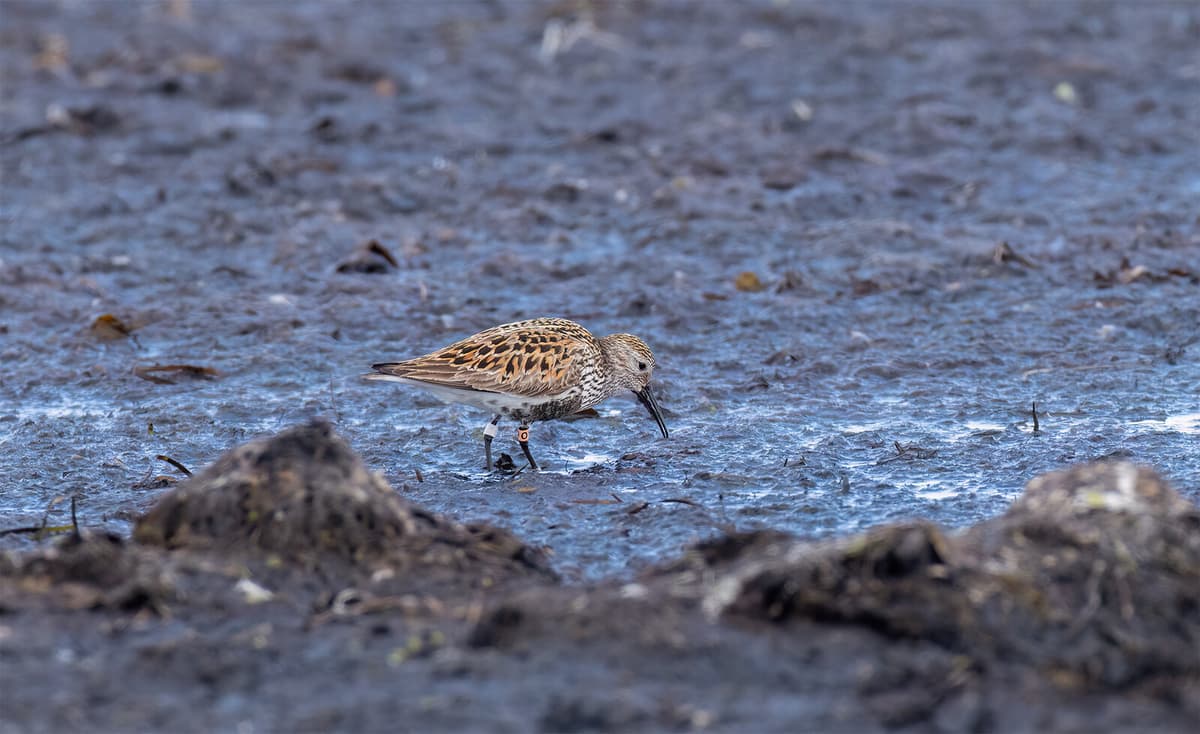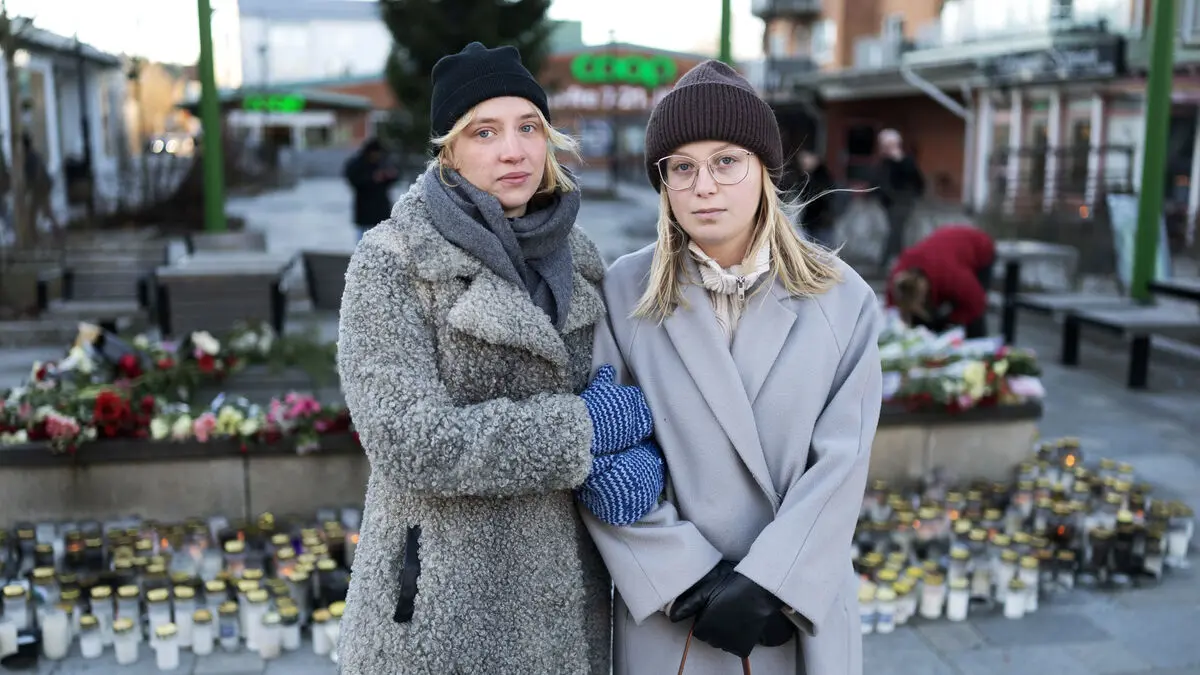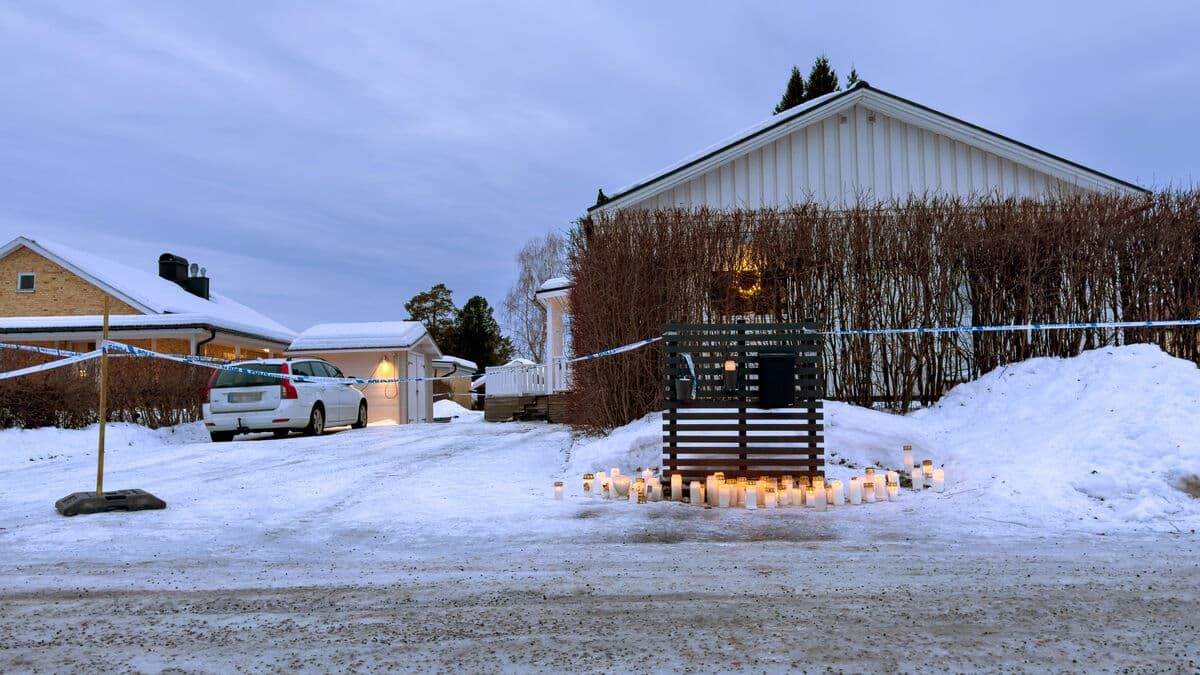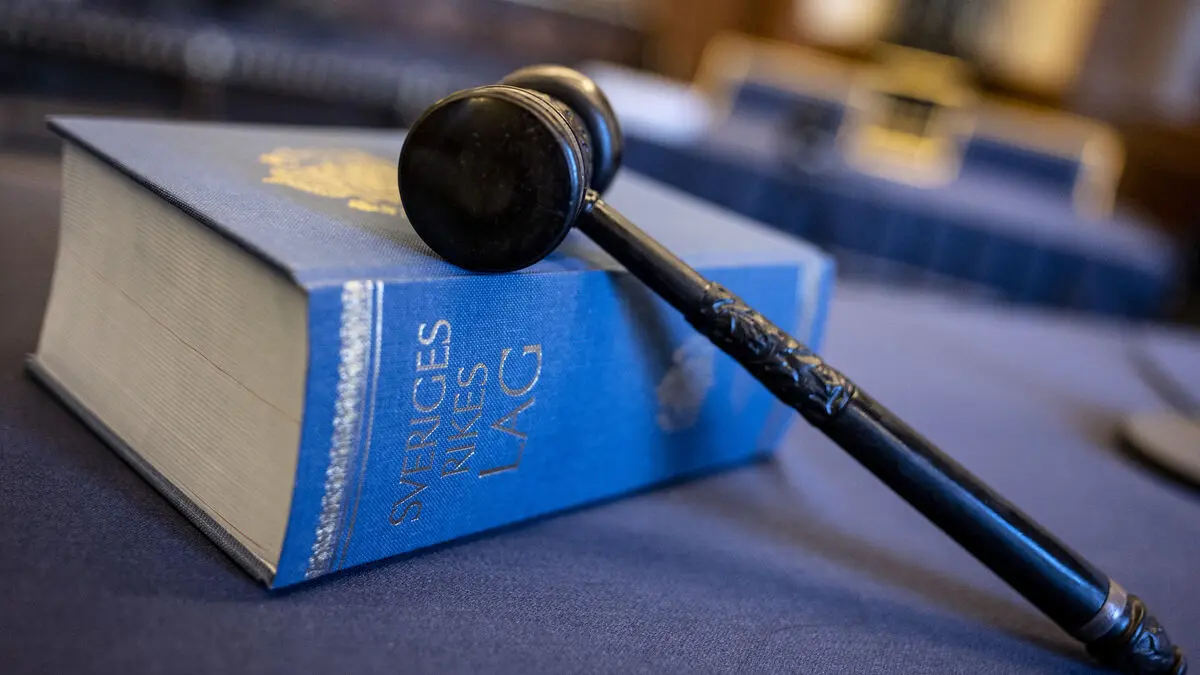After two years of waiting, Nordens Ark and Birdlife Sweden finally got paid for two years of work. "Orange zero", or Fenix as it is also called, was back at Ottenby bird station on Öland.
It was also here that it hatched two years ago, as one of sixteen eggs from the southern dunlin that were collected that year.
We know exactly which individual it is and everyone is happy that it's just that one. It was the first bird that hatched within the project and also the one that was ring-marked first of all, says Dick Liljegren, responsible for birds at Nordens Ark.
Protected from dangers
The southern dunlin is acutely threatened in Sweden. Only 35-40 pairs remain, most of them on Öland. To prevent the sensitive eggs and chicks from ending up as food for crows or foxes, they are collected and hatched in an incubator, and the chicks spend their first time in aviaries outside Ottenby bird station. Three to four times as many eggs and chicks are expected to survive to flying age, compared to if the eggs were left in their nests in nature.
14 flying birds were released in 2023 - followed by 27 the previous year - to fly south and winter in West Africa. There, in the mangroves, they usually stay for about 1.5 years.
So when Fenix was spotted on Öland, it was proof that the method actually works.
For us, it's primarily a great relief and joy. Then, of course, more birds will come back in the coming years, says Liljegren.
Long-term investment
The southern dunlin is dependent on coastal meadows and wetlands, which have disappeared over a long period of time. Together with other measures to recreate and protect the habitats, the breeding may be able to give the species a chance.
We hope it will be able to take effect in three to four years. In the first stage, we want to stop the population decline, in the next stage, we want to get the population to grow again, says Dick Liljegren.
The southern dunlin (Calidris alpina schinzii) is acutely threatened in Sweden. Only 35-40 pairs are estimated to remain. To try to increase the bird's chances of survival, eggs are collected and hatched in captivity on Öland, in a project that began in 2022 between Nordens Ark and Birdlife Sweden, supported by Postkodlotteriet. When the chicks are flying, they are released. In parallel, work is underway to improve the birds' habitats (e.g. rewetting, tree felling, and clearing of scrub at wetlands).
Source: Southern Dunlin Project





